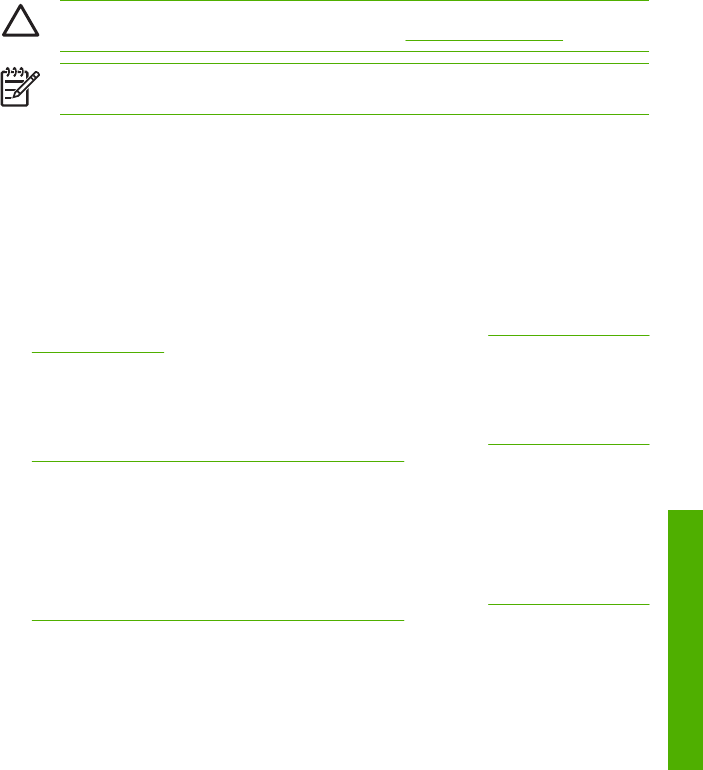
4 How do I perform double-sided printing
This section explains the different types of double-sided printing and the procedures for using them.
CAUTION Use the liner when printing at a high printing rate (or ink on the media is not dry) to
prevent the media from adhering to the platen (Refer to
How do I print with a liner).
NOTE The surface of the media printed first is referred to as the “top side” and the surface
printed second as the “back”.
The following types of double-sided printing are available:
●
Printing on the back of the media after rewinding
●
Printing on the back of the media from the feed side (after relocating from take-up side)
●
Printing on the back of the media from the take-up reel (without relocating from take-up side)
Which type of double-sided printing you use depends largely on the type of print job required. This can be
summarized as follows:
●
You require a single copy of a single plot as quickly as possible with the least media wastage.
For this type of print job the best type of double-sided printing to choose is
Printing on the back of the
media after rewinding because media waste is minimized and the plot printed on the back of the media
does not need to be rotated. This method requires approximately 100 cm (39.5 inches) of media
wastage at the start of the print job and no wastage at the end of the job.
●
You require multiple copies of a single plot.
For this type of print job the best type of double-sided printing to choose is
Printing on the back of the
media from the feed side (after relocating from take-up side) because due to length of media used
the risks of image degradation caused by scratches to the top side during the rewind process is
increased. Media sorting is simplified because it is a single plot with multiple copies so only a single
plot has to be rotated for printing on the back of the media. This method requires approximately 130
cm (51 inches) of media wastage at the start of the print job and 80 cm (31.5 inches) of wastage at
the end of the job.
●
You require a single copy of a multiple plots.
For this type of print job the best type of double-sided printing to choose is
Printing on the back of the
media from the feed side (after relocating from take-up side) because due to length of media used
the risks of image degradation, caused by scratches to the top side, during the rewind process is
increased. The relative amount of media waste is also reduced to an acceptable level when compared
to the much greater length of media used for the total print job. This method requires approximately
ENWW 129
How do I perform double-sided
p
rintin
g


















